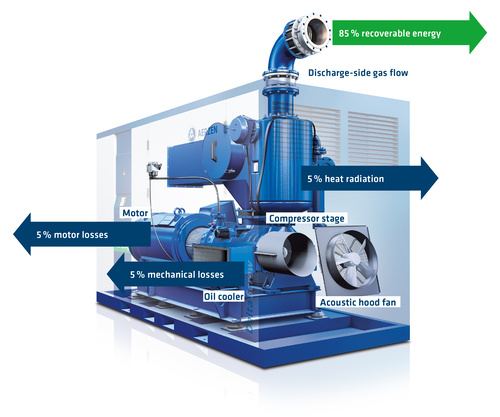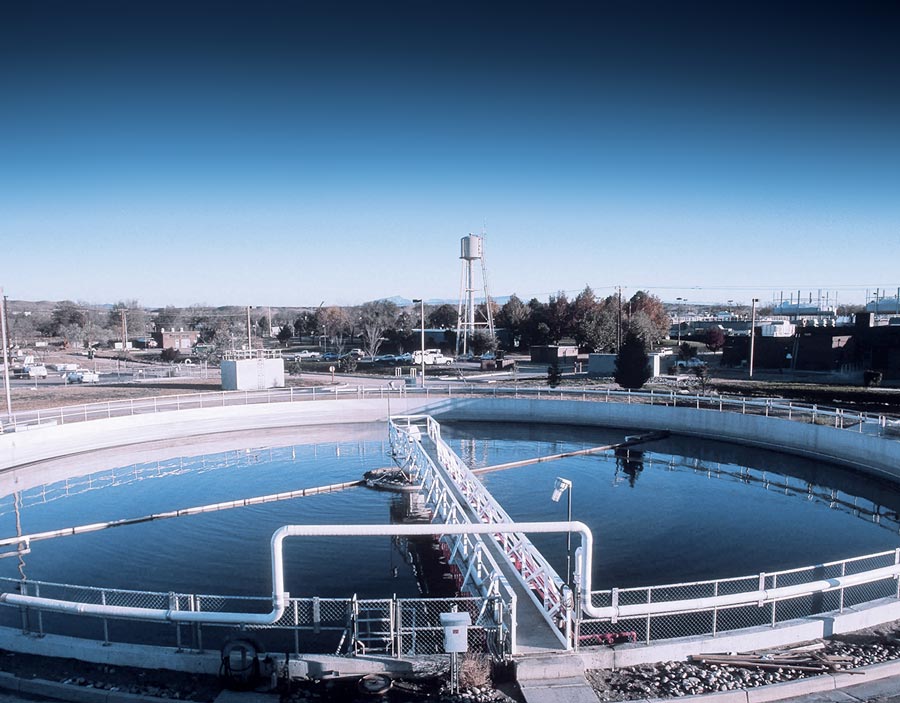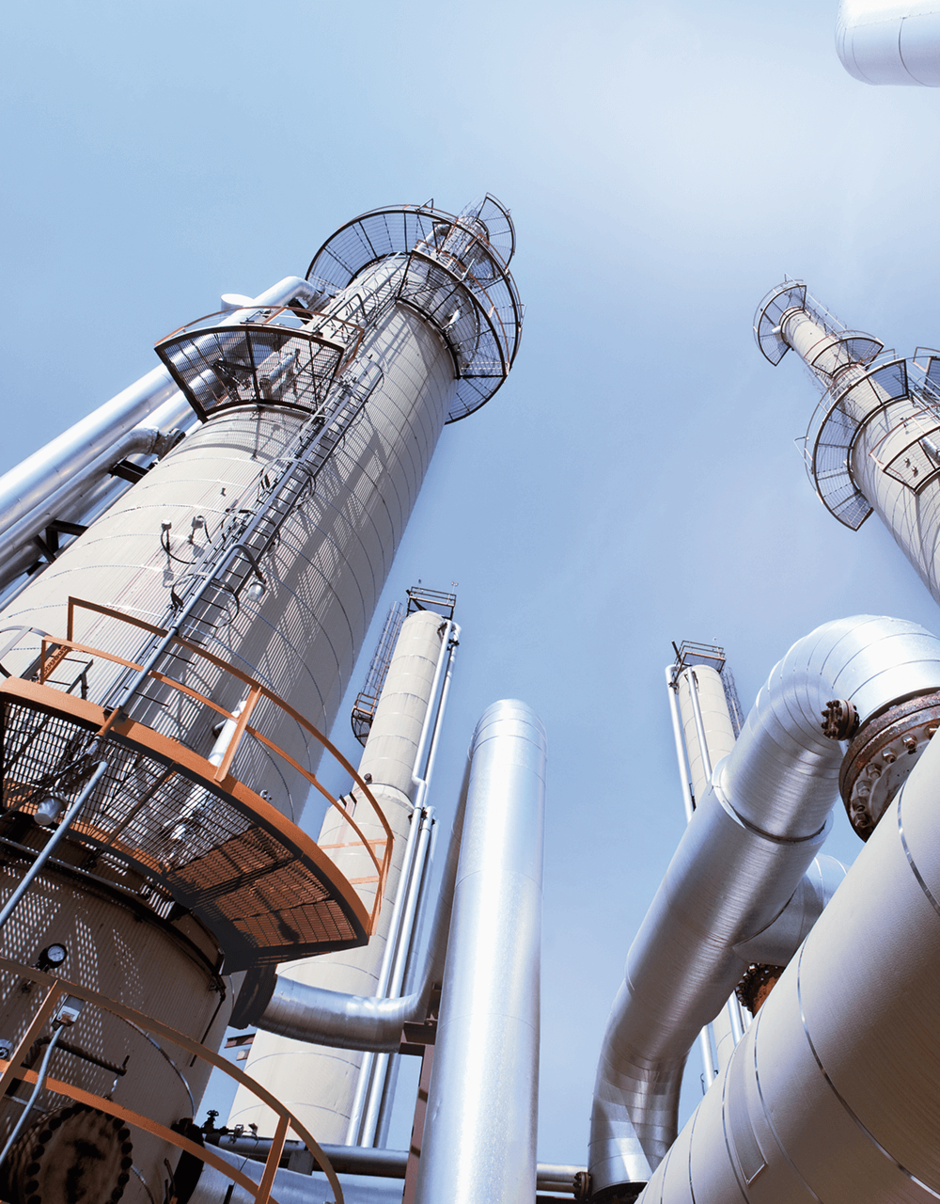Aerzener Maschinenfabrik GmbH (Headquarter)
Reherweg 28
31855 Aerzen
Phone: +49 5154 81-0
Fax: +49 5154 81-9191
Emmerthaler Apparatebau GmbH
Langes Feld 4
31860 Emmerthal
Phone: +49 5155 622-0
Fax: +49 5155 622-11
Aerzen Turbo Europe GmbH
Freibusch 2-4
31789 Hameln
Aerzen Digital Systems GmbH
Hefehof 26
31785 Hameln
AERZEN Deutschland GmbH & Co. KG (Sales)
Reherweg 28
31855 Aerzen
AERZEN Deutschland GmbH & Co. KG (Service)
Reherweg 28
31855 Aerzen
Aerzen do Brasil Ltda
Rua Dionysio Rito, n° 300, Distrito Industrial III, L14 Q D
13213-189 Jundiaí
AERZEN SLOVAKIA, s.r.o.
Pezinská 18
901 01 Malacky
- Sales Office South West
Brückenstraße 2a
66740 Saarlouis-Fraulautern
Phone: +49 6831 76828 0
Fax: +49 5154 81 716410
Aerzen Argentina SRL
Domingo de Acassuso 4743
B1605BFO Munro, Buenos Aires
Aerzen France S.A.S
Zone Industrielle 10, Avenue Léon Harmel
92168 Antony Cedex
Phone: +33 1 46741300
Fax: +33 1 46660061
Aerzen Belgium N.V.
A.De. Coninckstraat 11
3070 Kortenberg
Phone: +32 2 757 22 78
Fax: +32 2 7572283
Aerzen Schweiz AG
Gewerbepark Morgenstern
Im Alexander 4
8500 Frauenfeld
Phone: +41 52725-0060
Fax: +41 527250066
AERZEN Nederland B.V.
Fotograaf 3
6921 RR Duiven
AERZEN INTERNATIONAL RENTAL B.V.
Typograaf 5
6921 VB Duiven
ASP AERZEN Special Products B.V.
Bedrijventerrein Nieuwgraaf
Fotograaf 3
6921 RL Duiven
Phone: +31 26 4463432
Fax: +31 26 4463049
Aerzen Finland OY AB
Teollisuustie 15
FI-02880 Veikkola
Aerzen Colombia S.A.S.
Centro Empresarial Metropolitano, Bodega 27,
Módulo 2 (Autopista a Medellín, km 3,4)
Cota, Cundinamarca,
Código Postal 250017 Código
Phone: +57 601 841 5730
Fax: +57 601 841 5730
Aerzen Austria Handelsges.m.b.H.
Gewerbepark Tresdorf II/1
2111 Tresdorf
Phone: +43 2262 74388
Fax: +43 2262 74399
AERZEN POLSKA Sp. z.o.o.
Al. Niepodleglosci 18
02-653 Warszawa
Phone: +48 22 489 55 22
Fax: +48 22 489 55 27
AERZEN HUNGÁRIA KFT.
Alíz Utca 4
1117 Budapest
AERZEN CZ s.r.o.
Hraniční 1356
69141 Břeclav
Phone: +420 519 326 657
Fax: +420 519 326658
Aerzen Ibérica S.A.U
Calle Adaptación 15-17
28906 Getafe (Madrid)
AERZEN IBERICA S.A. SUCURSAL EM PORTUGAL
Rua Alfredo Lopes Vilaverde, 15B Escritório 3
2770-009 Paço de Arcos
Phone: +351 21 468 2466
Fax: +351 21 468 2467
AERZEN MACHINES LTD.
Aerzen House, Langston Road
IG10 3SL Loughton, Essex
AERZEN ASIA PTE LTD
61 Woodlands Industrial Park E9
Premium, #07-01
757047 Singapore
Phone: +65 6254 5080
Fax: +65 6254 6935
Aerzen Taiwan Machinery
Branch office of Aerzen Asia
No.170, Ln. 879, Guangfu Rd., Bade Dist.,
Taoyuan City 33457
Phone: +886 3 366 6660
Fax: +886 3 366 6536
Aerzen Scandinavia AB
Östra Bangatan 20
19560 Arlandastad
Phone: +46 8 59441880
Fax: +46 8 59117209
Aerzen Scandinavia Norway
Raveien 320
3184 Borre
Aerzen Scandinavia Denmark
Industrivej 2
5550 Langeskov
Aerzen USA Corporation
108 Independence Way
Coatesville, PA 19320
Phone: +1 610 380 0244
Fax: +1 610 380 0278
AERZEN CANADA INC.
980 Rue Valois, Suite 100
Vaudreuil-Dorion
J7V 8P2 Quebec
Phone: +1 450 424 3966
Fax: +1 450 424 3985
Aerzen México S.A. de C.V.
Ejercito Mexicano 108
52360 Rayón, Estado de México
Phone: +52 722 235 9400
Fax: +52 722 235 9401
AERZEN MAKINE San. Ve Tic. Ltd. Sti.
IMES Sanayi Sitesi, C Blok, 308. SK, No:14,
Y.Dudullu
34776 Ümraniye Istanbul
Phone: +90 216 420 00 32
Fax: +90 216 420 00 79
AERZEN Machines (India) PVT. LTD.
Plot No. E-115/116, G.I.D.C , Manjusar,
Tal. Savli, Dist:
Vadodara-391 775 Gujarat
AERZEN ITALIA SRL
Via Raffaello Sanzio, 52
20021 Bollate (MI)
Phone: +39 02 6707 5277
Fax: +39 02 6707 5003
AERZEN MACHINERY (SHANGHAI) CO., LTD
No. 655 Yuan Dian Road, Min Hang District
Shanghai 201108
Phone: +86 21 3323 9000
Fax: +86 21 3323 9199
Aerzen Romania S.R.L.
Sat Tunari
Comuna Tunari
Sos. De Centura nr. 25A
RO 077180 Judet Ilfov
Phone: +40 21 243 1883
Fax: +40 21 243 1884
Aerzen ME - FZE
DSO-DDP-Office-A1-222
Dubai Silicon Oasis
P.O. Box: 341445
Dubai
Aerzen Adria d.o.o.
Varazdinska ulica, II odvojak 3
42000 Varazdin
Phone: +385 42 370 808
Fax: +385 42 370 018
Aerzen Australia Pty Ltd
57-59 Rodeo Drive
3175 Dandenong Victoria
Phone: +61 3 97067702
Fax: +61 3 9706 8584
Aerzen Chile SPA
C. Limache 3116
2562231 Viña del Mar, Valparaíso, Chile
Aerzen Perú SAC
Carr. Panamericana Sur Km. 29.5
Almacenes F-08 y F-09 ZI Megacentro –
Altura Puente Vidu
Lurin – Lima
AERZEN NORTH AFRICA LLC
Sheraton Housing
35 el moltaka el araby,
Nozha elgedida. Appt - 7, 8, 9.
Cairo
Phone: +20 2 22698855
Fax: +20 2 22696611
Aerzen AIRGAS (PTY) Ltd.
175 Domkrag Street, Robertville Ext. 1
Roodepoort, Johannesburg
Phone: +27 0 11 474 2193
Fax: +27 0 11 474 2321
SHIPSHORE (CYPRUS) LTD
Patraikou 21-23, Flat 101, Palouriotisa TK 1048, P.O. Box 25283
1308 Nicosia
Phone: +357 22441222
Fax: +357 22490641
L.A Engineering & Consulting Ltd
PO Box 2907, 25 Ha‘ela Street
40500 Even Yehuda
Phone: +972 9 8996544
Fax: +972 9 8996547
Airgas Compressors (PTY) Nigeria Limited
3, Adebukola Omolabake Street,
Off Eric Omobude Street, Ifako Bus Stop, Along Oworonsoki - Ogudu Expressway
Lagos
Aerzen Thailand Co., Ltd
36/60 Village No. 5, Phlu Ta Luang,
Subdistrict, Sattahip District
20180 Chonburi
Phone: +66 0 38 020 090
Fax: +66 82 963 9393
AERZEN VIETNAM
Representative office of AERZEN ASIA PTE. LTD
Floor 8th, Unit 802A, Dai Minh Convention Tower,
77 Hoang Van Thai, Tan Phu Ward, District 7,
Vietnam
Ho Chi Minh City
Aerzen Turbo Co, Ltd
800 Jeongjung-ri, Osong-eup, Heungdeok-gu, Cheongju-si,
Chungcheongbuk-28220 Korea
Phone: +82-43-238-6500
Fax: +82 70 4170 4567
local partner: DEWA Projekt OÜ
Väike-Ameerika 15
10129 Tallinn
Aerzen Finland OY AB
Teollisuustie 15
FI-02880 Veikkola
Aerzen Australia - New Zealand Office
Unit 17a Hobill Avenue
Wiri
2104 Auckland
Aerzen Australia Pty Ltd
57-59 Rodeo Drive
3175 Dandenong Victoria
Phone: +61 3 97067702
Fax: +61 3 9706 8584
AERZEN MACHINES LTD.
Unit 6a, Castlecomer Business Park, Kilkenny Rd, Ballyhimmin
R95 Castlecomer, Co. Kilkenny
Aerzen Korea Ltd
Hyundai Terrace Tower, E-dong #608,
7, Yeonmujang 5ga-gil, Seongdong-gu,
04782 Seoul
Phone: +82 2 6463 0063
Fax: +82 2 6463 0064
Aerzen Turbo Co, Ltd
800 Jeongjung-ri, Osong-eup, Heungdeok-gu, Cheongju-si,
Chungcheongbuk-28220 Korea
Phone: +82-43-238-6500
Fax: +82 70 4170 4567
Aerzen Arabia Ltd.
Abed Al-Mis’hal Tower
9th Floor, office 907,
Building 3958,
District 35514
Al Jubail,
Kingdom of Saudi Arabia
Service Centre - Aerzen Arabia Ltd.
Rezayat Group
Dammam Port Area,
Dammam
Kingdom of Saudi Arabia




